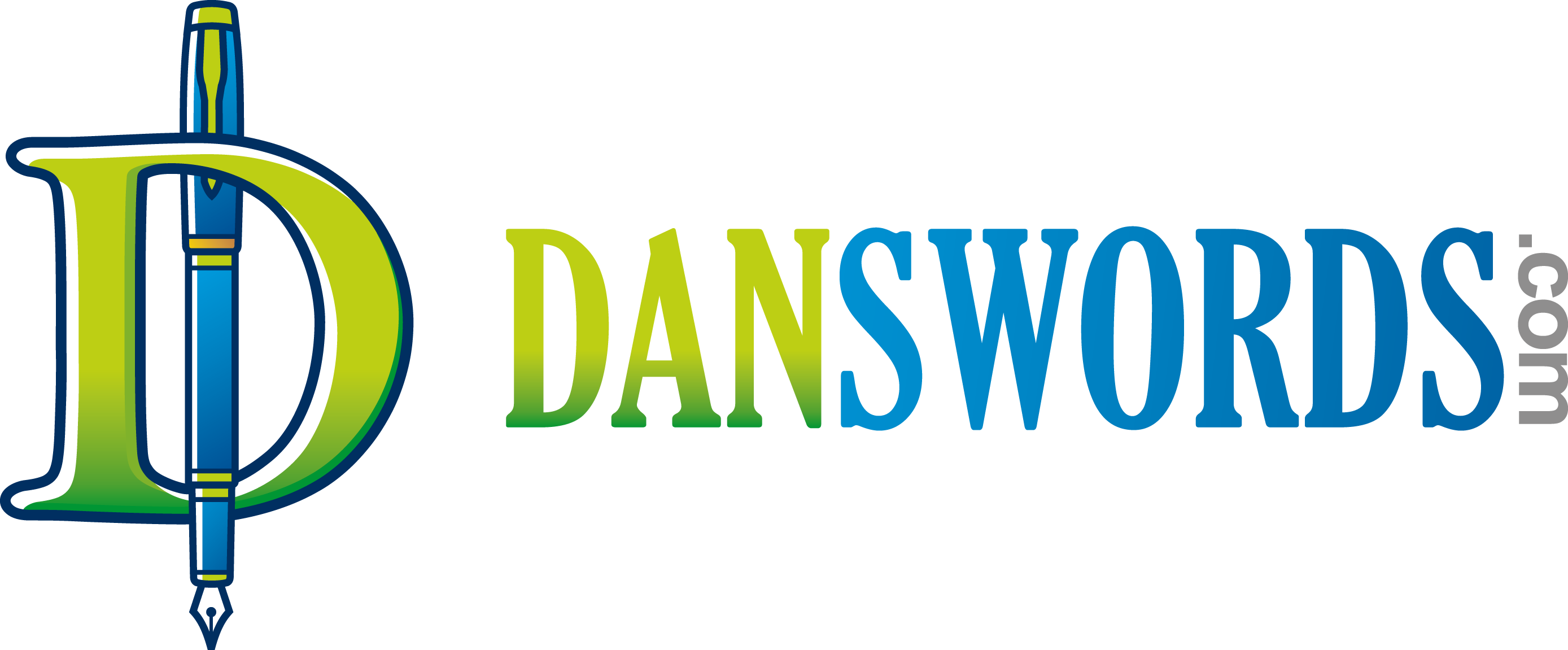As a blogger, one of the most important tools you need to have in your arsenal is a content calendar. A content calendar is an organized system for planning out your blog posts and social media content. It helps you stay on track with your blogging and social media goals. This helps to ensure you’re creating content that is relevant, engaging, and interesting for your readers. For those who want to get the most out of their blogging and social media efforts, a social media content calendar is an absolute must!!
The Benefits of a Content Calendar
A content calendar offers numerous benefits to bloggers and social media content creators. It serves as a strategic tool that helps streamline your content creation process and maximize the impact of your online presence.
1. Organization and Planning
With a content calendar, you can map out your blog posts and social media content in advance. This allows you to plan your topics, brainstorm ideas, and allocate resources. By organizing your content in a calendar format, you can easily visualize your content pipeline, identify any gaps or overlaps, and ensure a consistent flow of fresh content for your audience.
2. Consistency
Consistency is vital for building a loyal readership. By using a content calendar, you can schedule your posts and social media updates at regular intervals. This helps you establish a consistent publishing schedule, which can boost engagement, attract more readers, and keep your audience coming back for more. With a content calendar, you can ensure that your blog posts and social media content are published on time, without the last-minute rush or gaps in posting.
3. A Content Calendar Helps With Time Management
Creating quality blog posts and engaging social media content requires time and effort. A content calendar allows you to plan ahead, set deadlines, and allocate sufficient time for writing. By effectively managing your time, you can avoid procrastination (Boy, am I guilty of that from time to time!!), work more efficiently, and reduce stress associated with tight deadlines.
4. Audience Engagement
A well-planned content calendar helps you deliver targeted and relevant content to your audience. By understanding your readers and aligning your content with their interests and needs, you can foster deeper engagement and build a loyal community. A content calendar enables you to create diverse content formats, experiment with different topics and themes, and optimize your content for maximum impact.
5. Long-Term Growth
Consistently creating and sharing valuable content can contribute to the long-term growth and success of your blog or social media platform. A content calendar allows you to strategize and focus on long-term goals, such as increasing traffic, improving SEO, or growing your social media following. By planning and implementing a well-thought-out content strategy, you can drive sustainable growth and achieve your blogging and social media goals.

How to Create Your Blog Post Schedule
Creating a blog post schedule is essential for bloggers who want to stay organized and consistent in their content creation. Here are some steps to help you create an effective blog post schedule:
1. Define Your Goals
Start by determining what you want to achieve with your blog. Are you looking to drive more traffic, increase your subscriber count, or establish yourself as an authority in your niche? Having clear goals in mind will help you structure your content calendar accordingly.
2. Understand Your Audience
Take the time to research and understand your target audience. What are their interests, pain points, and preferences? Knowing your audience will help you create content that resonates with them and keeps them coming back for more.
3. Brainstorm Topics
Come up with a list of potential blog post ideas that align with your goals and audience interests. Consider what value or insights you can provide to your readers. Aim for a mix of evergreen topics that have long-term relevance and trending topics that are currently popular.
4. Plan Your Content Types
Decide on the types of content you want to create. Will you focus on informative articles, tutorials, opinion pieces, or a mix of different formats? Varying your content types will keep your blog fresh and engaging.
5. Create a Content Calendar Template
Use a spreadsheet or an online tool to create your content calendar. Start by listing the dates or weeks for each blog post. Then, allocate topics to each date based on your brainstormed ideas. Make sure to consider the seasonality or timeliness of certain topics.
6. Set Realistic Deadlines in Your Content Calendar
Assign deadlines for each stage of the content creation process, including research, writing, editing, and publishing. Be realistic about the time it takes to complete each task and leave room for unforeseen circumstances.
7. Add Supporting Tasks into Your Content Calendar
Alongside each blog post, include additional tasks such as creating graphics, optimizing for SEO, and promoting on social media. These tasks will ensure your content gets the attention it deserves.
8. Stick to Your Content Calendar Schedule
Once your content calendar is set, commit to following it consistently. Treat your blog post schedule as a priority and make it a habit to work on your content regularly.
Creating a blog post schedule allows you to stay organized, plan ahead, and ensure a steady flow of valuable content for your audience. By following these tips, you can create a blog post schedule that keeps you on track towards achieving your blogging goals.
How to Create Your Social Media Schedule
Creating a social media schedule is just as important as creating a blog post schedule. It helps you plan and organize your social media content in advance, ensuring that you consistently engage with your audience and stay on top of your social media goals. Here are some steps to help you create an effective social media schedule:
1. Determine Your Platforms
Start by identifying the social media platforms that are most relevant to your target audience. Consider factors such as demographics, interests, and engagement levels. Focus on platforms where your audience is most active and engaged.
2. Set Your Posting Frequency
Decide how often you want to post on each social media platform. It’s important to find a balance between providing consistent updates and avoiding overwhelming your audience. Consistency is key, but quality is equally important.
3. Plan Your Content Mix
What types of content do you want to share on your social media platforms? This could include blog post links, infographics, videos, quotes, or behind-the-scenes content (one of my favorites!!). Aim for a variety of content that aligns with your brand and resonates with your audience.
4. Schedule Your Posts
Utilize social media scheduling tools such as Hootsuite or Buffer to schedule your posts in advance. This allows you to dedicate focused time to creating content and ensures that your posts are published at the optimal times for maximum reach and engagement.
5. Optimize Your Content Calendar for Each Platform
Tailor your content for each social media platform to make the most of their unique features and algorithms. Consider the character limits, image sizes, and best practices for each platform to ensure your content is visually appealing and engaging.
6. Monitor and Analyze Your Content Calendar Performance
Keep track of your social media performance using analytics tools provided by the platforms or third-party tools. Analyze the engagement, reach, and conversion rates of your social media posts to identify what works best for your audience and make adjustments as needed.
7. Engage With Your Audience
Social media is not just about posting content; it’s also about engaging with your audience. Respond to comments, messages, and mentions promptly and authentically. Engaging with your audience builds relationships and fosters loyalty.
Creating a social media schedule allows you to stay organized, consistent, and strategic in your social media efforts. By following these steps, you can create a social media schedule that helps you effectively reach and engage with your audience across different platforms.

Tips for Managing Your Content Calendar
Managing a content calendar can be a daunting task, but with the right strategies, it can become a seamless part of your blogging and social media routine. Here are some tips to help you effectively manage your content calendar:
1. Be Flexible
While having a content calendar helps with organization and planning, it’s important to be flexible and open to changes. Sometimes, opportunities or ideas might arise that aren’t in your original plan. Embrace these moments and adjust your content calendar accordingly. Flexibility allows for creativity and spontaneity in your content creation process.
2. Review and Update Your Content Calendar Regularly
Set aside time each week or month to review and update your content calendar. This will help you stay on track and ensure that your schedule is up to date. Take this time to evaluate your goals, assess the performance of your previous content, and make any necessary adjustments to your future content.
3. Batch Your Content Creation
To optimize your productivity, consider batching your content creation. Set aside dedicated time to work on multiple blog posts or social media updates at once. This allows you to stay focused and in the creative flow, reducing the time it takes to switch between tasks. Batching can also help you stay ahead of schedule and have content ready to go in case unexpected circumstances arise.
4. Use Task Management Tools
Task management tools, such as Trello or Asana, can be incredibly helpful for managing your content calendar. These tools allow you to create task lists, set deadlines, assign team members, and track progress. By utilizing these tools, you can easily visualize your content pipeline and ensure that everyone involved is on the same page.
5. Collaborate With a Team
If you have a team of writers or social media managers, collaborate with them to streamline your content calendar process. Delegate tasks, assign responsibilities, and set clear communication channels to ensure a smooth workflow. Regular team meetings or check-ins can help everyone stay accountable and informed.
6. Keep Your Content Calendar Organized
Keeping your content calendar organized is key to effective management. Use color-coding, labels, or different columns to differentiate between blog posts and social media content. Highlight important deadlines or events to ensure they stand out. An organized content calendar makes it easy to see the big picture and avoid any confusion or missed opportunities.
7. Evaluate and Learn
Regularly evaluate the performance of your content and use the insights to improve future planning. Analyze the engagement, traffic, and conversion rates of your blog posts and social media updates.
Tools to Help You Create and Manage Your Content Calendar
Creating and managing a content calendar can be made easier with the help of various tools and resources. These tools can streamline the process, improve organization, and enhance collaboration. Here are some popular tools to consider for creating and managing your content calendar:
1. Google Calendar
Google Calendar is a widely used tool for creating and managing content calendars. It allows you to create events, set reminders, and share your calendar with others. You can color-code different types of content, set recurring events, and integrate it with other Google tools like Google Docs and Sheets.
2. Trello
Trello is a flexible project management tool that can be adapted for content calendar management. You can create boards for different content categories, such as blog posts, social media updates, or video content. Within each board, you can create cards for individual tasks and deadlines, add labels, and assign team members.
3. CoSchedule
CoSchedule is a comprehensive content marketing platform that offers a robust content calendar feature. It allows you to plan, create, and schedule content in a visual calendar interface. CoSchedule also integrates with popular blogging and social media platforms, making it easy to manage your content from one central location.
4. Asana
Asana is a powerful task management tool that can be customized for content calendar management. It enables you to create projects, set deadlines, assign tasks, and track progress. You can also integrate it with other tools, such as Google Drive or Dropbox, for seamless collaboration and file sharing.
5. Airtable
Airtable is a versatile database tool that can be used to create and manage content calendars. It offers a flexible spreadsheet-like interface, where you can customize columns, add attachments, and collaborate with team members. Airtable also provides templates for content calendars, making it easy to get started.
6. Evernote
Evernote is a popular note-taking tool that can be used for content planning and organization. You can create notebooks for different content categories, add notes for ideas and research, and tag them for easy retrieval. Evernote also allows you to collaborate and share your notes with others.
7. Excel or Google Sheets
For those who prefer a more traditional approach, Excel or Google Sheets can be used to create and manage a content calendar. These spreadsheet tools offer customizable templates, where you can input dates, topics, and other relevant information. You can also add formulas and conditional formatting to automate certain tasks or highlight important deadlines.
These tools provide a range of features and functionalities to suit different needs and preferences.
Thanks for Stopping By. I Hope You Enjoyed This Post!!
Find out what makes a quality blog post, check out the video “Five Qualities of a Great Blog Post.”
Please be sure to follow me on Instagram and Facebook for more behind scenes stuff. And don’t forget to leave a comment. Drop me a comment to let me know you enjoyed this post, or even if you didn’t enjoy it, drop me a comment anyway. I respond to all comments, good or bad.
Until next time everyone,
Peace, Love, and Happiness


